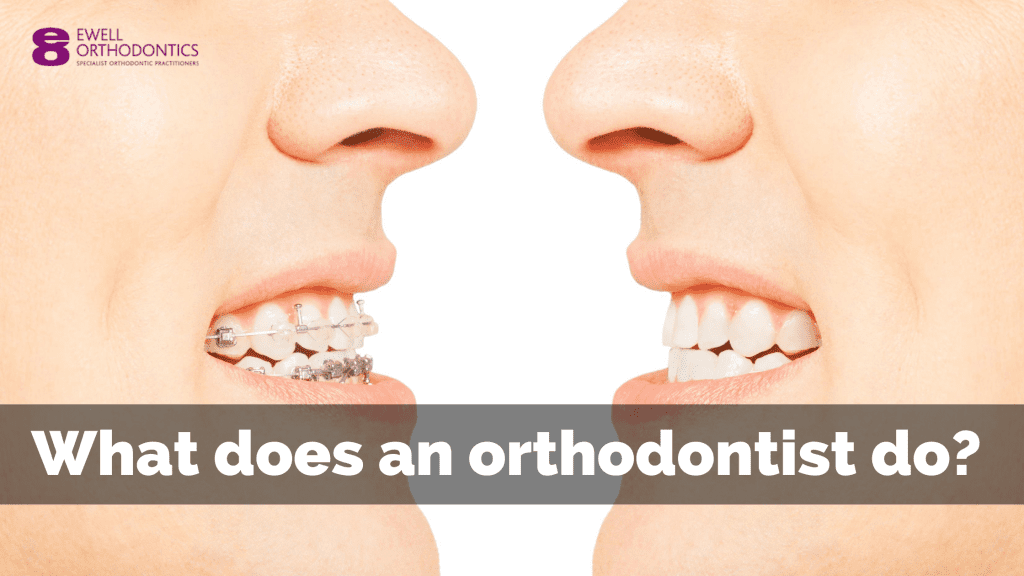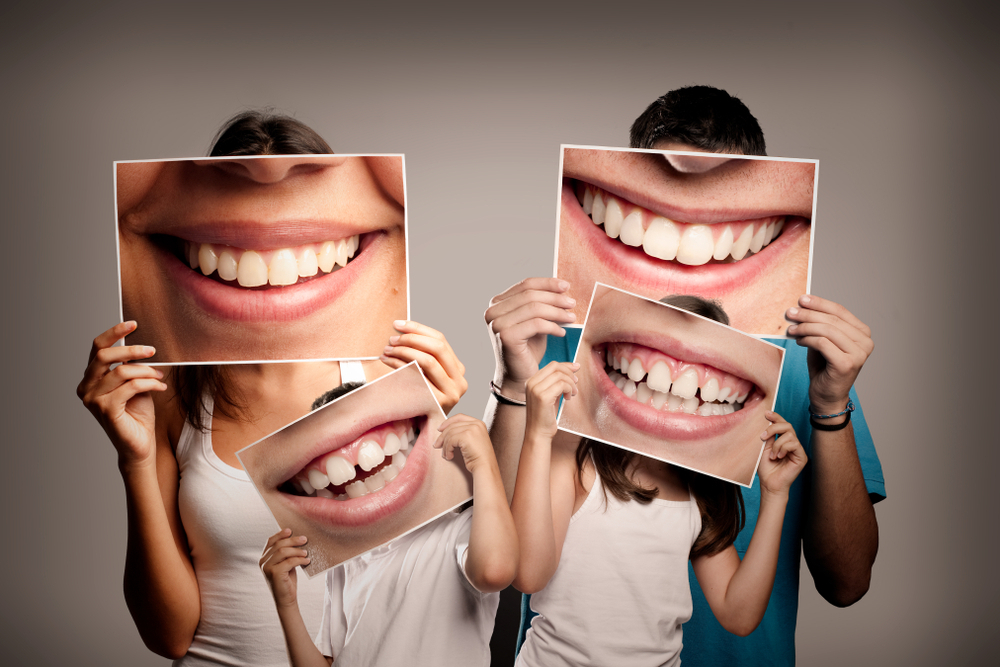Not known Factual Statements About Legacy Orthodontics
Not known Factual Statements About Legacy Orthodontics
Blog Article
The 8-Minute Rule for Legacy Orthodontics
Table of ContentsLegacy Orthodontics - TruthsWhat Does Legacy Orthodontics Do?How Legacy Orthodontics can Save You Time, Stress, and Money.The Facts About Legacy Orthodontics Revealed9 Simple Techniques For Legacy Orthodontics
In enhancement, we use adjustable therapy timetables, adaptable repayment choices and a fun, pleasurable experience.An orthodontist is a dental practitioner educated to detect, avoid, and deal with teeth and jaw irregularities. They fix existing problems and are trained to determine troubles that may create in the future. Orthodontists collaborate with people of all ages, from children to adults. Individuals commonly connect an ideal smile with health.
Malocclusion, or misaligned teeth, can result in oral concerns, consisting of tooth degeneration, gum illness, and difficult or uncomfortable eating. Not everybody is birthed with straight teeth. If you have a bad bite or huge spaces between your teeth, you might wish to seek advice from a dental professional concentrating on orthodontic care.
The Ultimate Guide To Legacy Orthodontics
( Picture Credit Rating: DigitalVision/Getty Images) Orthodontists utilize taken care of and removable dental tools, like dental braces, retainers, and bands, to change the position of teeth in your mouth. Orthodontic treatment is for dental irregularities, consisting of: Crooked teethBite issues, like an overbite or an underbiteCrowded teeth or teeth that are also far apartJaw misalignmentThe goal of orthodontic treatment is to boost your bite.
A healthy and balanced bite guarantees you can consume, eat, and talk correctly. While you may think about orthodontists as primarily for kids or young adults that require braces, they can fix oral troubles at any age. Orthodontists go to university, dental institution, and orthodontic institution. After college graduation, they spend 2 or 3 years in an orthodontic residency program.
All orthodontists are dental practitioners, but not all dentists are orthodontists. Orthodontic residency programs use extensive, concentrated guideline for oral specialists. They concentrate on two areas: How to effectively and securely move teeth Just how to correctly assist growth in the teeth, jaw, and faceOnce an orthodontist has actually finished training, they have the option to come to be board accredited.
4 Simple Techniques For Legacy Orthodontics
Imbalance, or malocclusion, is the most typical factor individuals see an orthodontist. It is genetic and is the result of dimension differences between the upper and lower jaw or between the jaw and teeth. Malocclusion results in tooth congestion, an askew jaw, or irregular bite patterns. Malocclusion is usually treated with: Your orthodontist affixes steel, ceramic, or plastic square bonds to your teeth.
Some individuals need a headwear to aid relocate teeth into line with stress from outside the mouth. A retainer is a customized tool that keeps your teeth in location.
They're most frequently used on youngsters. They can produce additional room in the mouth without having to pull teeth. If you have a significant underbite or overbite, you might require orthognathic surgical treatment (also called orthodontic surgery) to extend or reduce your jaw. Orthodontists utilize cords, surgical screws, or plates to support your jaw bone.
You may require to see an orthodontist if you have: Crowding or otherwise adequate room for every one of your teethOverbite, when your upper teeth come by your base teethUnderbite, when your base teeth are also much forwardSpacing or concerns with gapsCrossbite, which is when your upper teeth fit behind your bottom teeth when your mouth is closedOpen bite or a vertical space between your front base and top teethMisplaced midline, when the center of your base and upper teeth don't line up Correcting an oral malocclusion can: Make biting, eating, and speaking easierImprove the symmetry of our face and your overall appearanceEase discomfort from temporomandibular joint problemsSeparate your teeth and make them easier to clean up, helping prevent dental cavity or dental caries It's commonly a dental expert that initially notices misaligned teeth during a regular test.
How Legacy Orthodontics can Save You Time, Stress, and Money.

During your initial orthodontic assessment, you'll likely have: A dental examPhotos taken of your face and smileDental X-raysPanoramic (360 level) X-rays of your face and headImpressions to produce mold and mildews of your teethThese tests will certainly assist your orthodontist understand how to wage your therapy. orthodontist. An orthodontist is a dental expert that's had training to treat your teeth and jaw
Orthodontists might do surgical treatment, exams,X-rays,and even more to aid you achieve a much more comfortable, much healthier smile. An orthodontist is concentrated on your bite, so something like a broken tooth would be managed by a dental expert. Orthodontists are dental experts yet not all dentists are orthodontists. Orthodontists are concentrated on your bite, or the method your teeth meshed, and the straightness of your teeth.
Ever before wondered how celebrities constantly appear dig this to have completely lined up teeth? Orthodontists are dental specialists that concentrate on correcting abnormalities in the teeth and jaws.
The smart Trick of Legacy Orthodontics That Nobody is Discussing

While braces are one of the most typically identified orthodontic therapy, orthodontists have a varied toolkit at their disposal. The certain approach selected depends on the intensity of the case, the person's age, and individual preferences. These reliable braces use a system of brackets adhered to the teeth and attached by cords.
Clear aligners, like Invisalign, are a popular alternative for patients seeking a much more very discreet therapy option. These removable trays are tailor-made to progressively move the teeth's position. Headwear might be made use of combined with braces or aligners to use additional targeted forces, especially for fixing jaw disparities. In instances of narrow jaws, palatal expanders can be made use of to develop space for appropriate tooth positioning.
Report this page